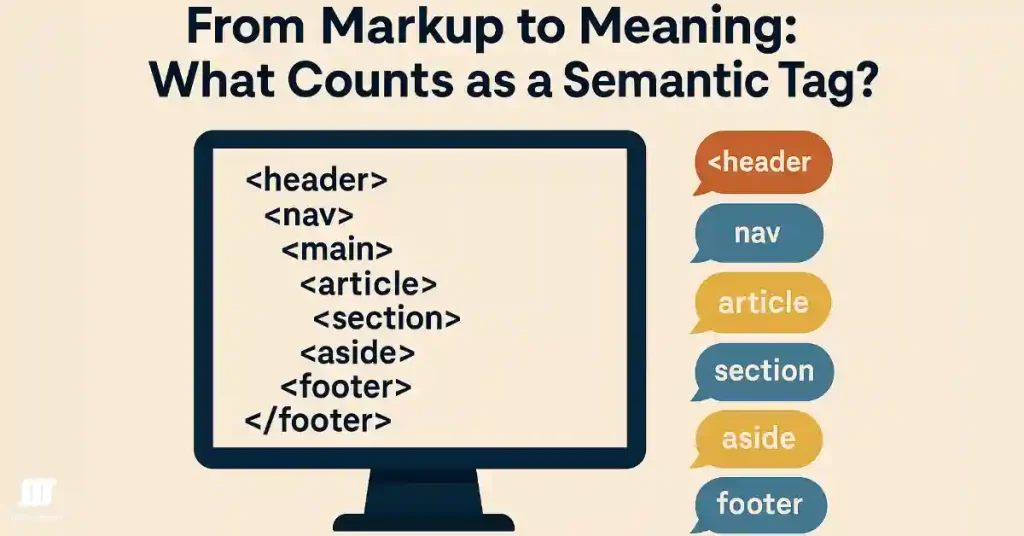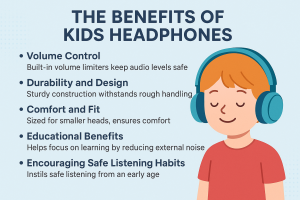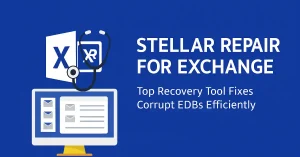Flip the screen around, and your shiny website turns into code. If that code is nothing but anonymous <div>s and <span>s, Google’s crawler, and many human visitors have to guess what’s going on. Semantic HTML5 Tags replace guesswork with meaning, turning every headline, nav bar, and footer into a labelled piece of a clear puzzle. The result? Faster understanding, better search visibility, and happier users, all without a single hack.
From Markup to Meaning: What Counts as a Semantic Tag?
A tag is “semantic” when its name tells you what the content is, not how it will look. Think <header>, <nav>, <main>, <article>, <section>, <aside>, and <footer>. Add helpers like <figure> and <figcaption> for images, or <time> for dates, and the story behind each chunk of code becomes self-evident. This labelled HTML5 semantic structure is what search engines rely on to map your page against user intent.
Quick Reference
- Structure tags: header, nav, main, article, section, aside, footer
- Text-level: h1-h6, p, strong, em, blockquote, q
- Media: figure, figcaption, video, audio
- Metadata & helpers: time, mark, address
How HTML5 Semantic Structure Talks to Search Engines
Search algorithms hunt for recognizable landmarks, titles, introductions, navigation menus, and body content. Semantic tags hand them those clues in exactly the order they expect. Experienced web design services treat HTML5 semantic structure as a blueprint, ensuring crawlers see labeled regions long before the CSS loads
- Quicker crawling & cleaner indexing – crawlers skip the detective work and go straight to the good stuff.
- Richer snippets – clear landmarks help Google generate sitelinks, FAQ drop-downs, and other eye-catching results.
- Stronger topical signals – when an <article> sits inside <main>, flanked by a <nav> of related links, the context is rock-solid.
- Lean code = faster pages – fewer nested div wrappers mean smaller HTML payloads and better Core Web Vitals.
- Synergy with JSON-LD – semantics set the stage; structured data fills in the finer details for even richer search displays.
SEO Wins You Can Measure
| Benefit | Real-World Impact |
| Higher crawl budget efficiency | Large sites see more deep pages crawled each day—key for e-commerce and news outlets. |
| Keyword clarity | Headings nested in the right order help engines map queries to answers without guessing. |
| Better accessibility scores | WCAG conformance boosts both user satisfaction and potential ranking signals tied to UX. |
| Future-proofing for AI search | LLM-powered “search generative experiences” pull answers from well-labelled HTML first. |
(Table created for quick scanning; numbers will vary by site size and niche.)
Human Gains That Often Get Overlooked
Search bots love well-talking code, but people benefit too:
- Screen-reader harmony – labelled regions let assistive tech jump straight to the menu or main story.
- Keyboard navigation – skip links can be auto-generated when landmarks are obvious.
- Easier redesigns – new CSS frameworks slip over semantic bones without rewiring content order.
- Developer onboarding – teammates grasp the site layout in minutes, not hours.
- Lower maintenance costs – fewer redundant wrappers, fewer bugs, faster QA passes.
Best-Practice Blueprint: Build Semantics into Every Page
- Plan before you code. Draft a content outline first; map each section to the semantic tag that fits best.
- One <main> per page. Think of it as the star of the show. Everything else is supporting cast.
- Keep heading hierarchy logical. Start with a single <h1>, then descend (h2, h3, …) without skipping levels.
- Reserve <header> and <footer> for their true roles. Don’t stuff unrelated widgets inside.
- Use ARIA labels only as a fallback. Native semantics trump ARIA in most cases.
- Validate and test. Run Lighthouse and WAVE; fix anything flagged as “generic” or “unknown.”
Common Missteps (and Easy Fixes)
- Styling with headings – using <h4> just to shrink text confuses crawlers. Use CSS classes instead.
- Nested articles everywhere – only wrap complete, self-contained stories in <article>.
- Omitting <nav> – a bunch of links inside a <div> won’t earn navigation sitelinks. Convert it.
- Infinite div soup – if you catch yourself typing class=”wrapper” for the fifth time, pause and ask, “Is there a semantic tag that says the same thing?”
Future-Proofing: Why Semantics Will Matter Even More Tomorrow
Search is heading toward intent-driven, AI-generated answers. Those systems feed on structure: well-labelled sections, clear entity relationships, and predictable hierarchies. Semantic HTML5 tags give your content the clarity those models crave. For any business aiming to lead in SEO services, these semantic upgrades aren’t optional; they’re essential. Treat semantics as a one-time upgrade, and you’ll keep reaping dividends each time an algorithm update rolls out.
Wrapping Up
You don’t need a massive budget or fancy tech stack to boost organic traffic. Simply swap generic containers for meaningful labels and let your HTML5 semantic structure speak for itself. Visitors navigate faster, crawlers understand deeper, and your brand stands out in the search results—with minimal code bloat. Start with your next page, audit older templates, and watch as clarity turns into clicks.
FAQs
What are Semantic HTML5 tags and why are they important?
Semantic HTML5 tags like header, nav, and footer provide meaning to web content, improving accessibility and SEO. They help search engines and assistive technologies understand the structure, enhancing user experience and site ranking.
How do Semantic HTML5 tags improve website accessibility?
These tags offer clear context to screen readers and other assistive tools, making navigation easier for visually impaired users. They define roles like navigation or main content, ensuring a more inclusive web experience.
What are some examples of Semantic HTML5 tags?
Examples include header for introductory content, nav for navigation menus, main for primary content, article for independent items, and footer for page footers, each adding structural meaning.
How can Semantic HTML5 tags boost SEO performance?
Semantic tags help search engines index content more effectively by providing context, improving keyword relevance and site structure. This can lead to better rankings and increased visibility on search results.





